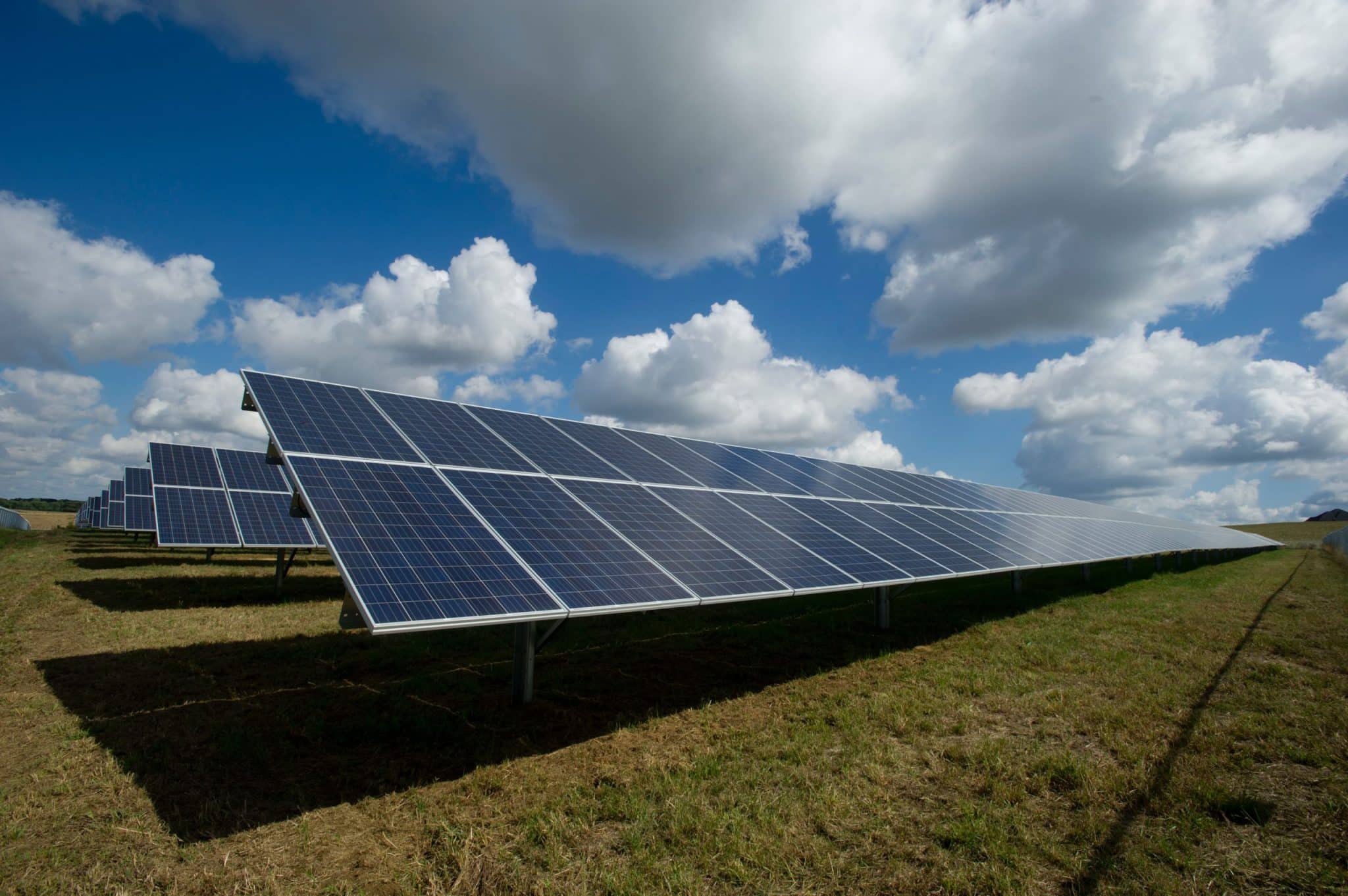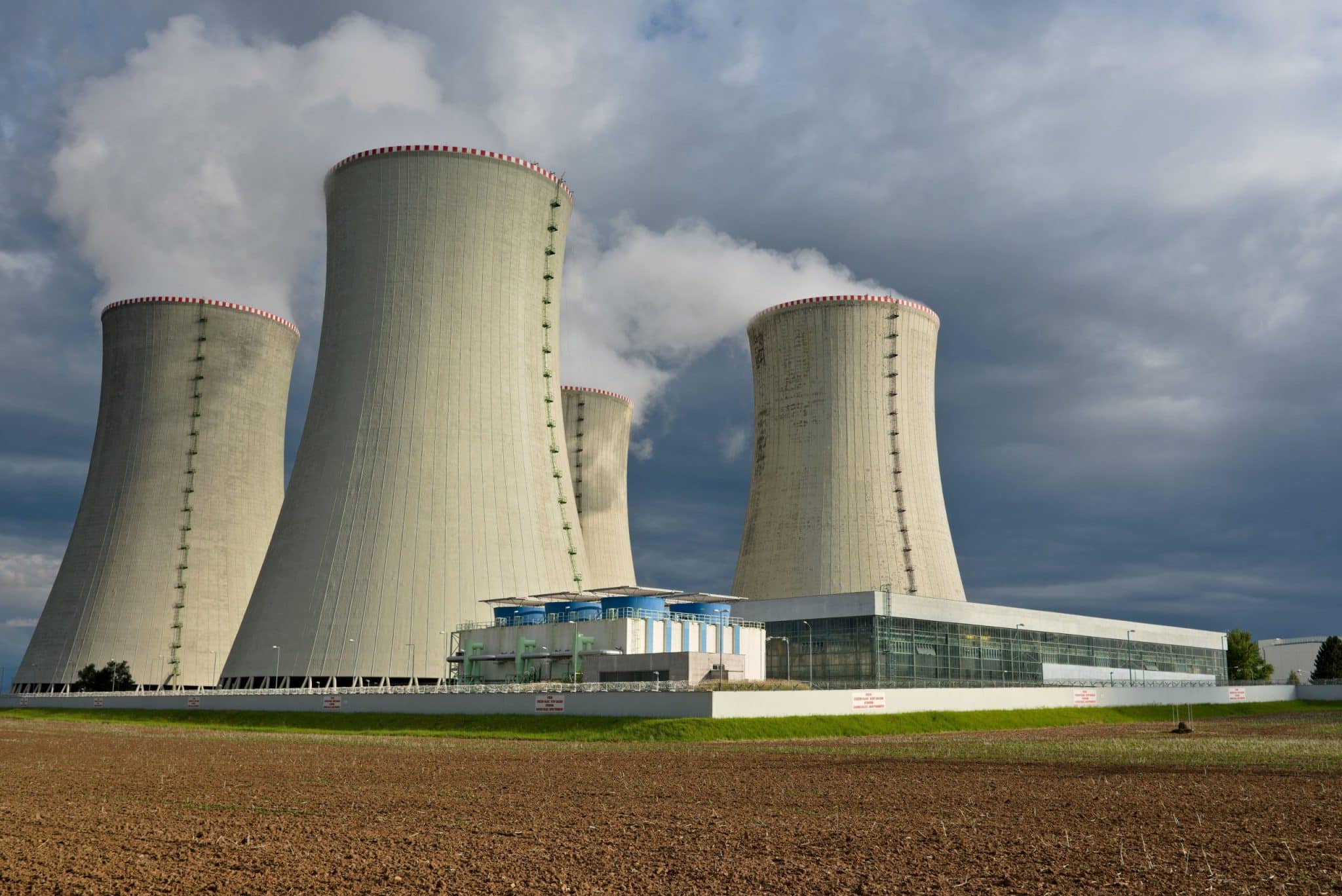D-5 before the big climate meeting, COP 26 in Glasgow. A few days before, RTE, the manager of the French electricity transmission network and then the Négawatt association presented their energy scenarios to achieve carbon neutrality by 2050.
What lessons can be learned from this? How is energy sobriety approached? Decryption
Common point between the 2 scenarios: our energy consumption must decrease
The latest IPCC report recalls the urgency of reducing our GHG (greenhouse gas) emissions. Concretely, this means reducing our energy consumption.
A climatic imperative but also an economic one at a time when the prices of fossil fuels are soaring. Having low-carbon production sources on the territory will tomorrow allow us to no longer depend on hydrocarbon producing countries.
France's SNBC ( National Low Carbon Strategy go from 1600 TWh of final energy consumed in one year to 930 TWh in 2050 to achieve carbon neutrality at that time. Or 40% reduction within 30 years. To learn more about the specific trajectory of the construction sector, read our article here .
According to SNBC, 200 TWH can be saved through energy efficiency:
- technological progress in less energy-consuming equipment such as lighting, household appliances, IT
- proactive public policies (doubling the number of thermal renovations of buildings, tertiary decree, development of electric vehicles)
The added value of sobriety
Thanks to energy efficiency, consumption can be reduced even more significantly:
The RTE scenario evaluates this additional gain at 90 TWh , i.e. a reduction of 15% in addition to energy efficiency. In the building sector, which as a reminder represents 40% of final energy consumption, this energy efficiency would result in:
- limitation of heating consumption (-1°C)
- increase in shared housing
- limitation of office space via teleworking
- extend the lifespan of IT equipment
Négawatt also places sobriety at the heart of its scenario: it makes it possible to reduce final energy consumption by 1/4. In the construction sector, we can cite these measures:
- reduction in the number of new house constructions
- stabilization of the number of residents per dwelling
- reasonable sizing of household appliances and IT equipment
2nd lesson : the production of renewable energy is essential
To achieve carbon neutrality, we must therefore reduce consumption AND supply those that remain with low-carbon energies such as electricity.
In 2050, we will need more electricity for various uses:
- power electric vehicles (100 TWh in 2050 compared to 15 TWh today)
- power heat pumps that replace fossil fuel boilers (gas, oil)
- produce hydrogen (50 TWh in 2050 compared to 0 today)
Impossible to achieve this without “significant development of renewable energies” , recognizes RTE. The French electricity network manager thus plans:
- solar park at least 70GW
- 25 GW offshore wind farm
Beyond the climate imperative, producing more renewables (ENR) is now “economically relevant” , according to RTE. Reason: “their costs today reach very competitive levels, now lower than those of new thermal and nuclear power plants. ".
What place for nuclear power?
This is where the two scenarios diverge . RTE warns that 100% renewables are considered too ambitious and risky . Translate, it would be necessary to maintain nuclear electricity production in 2050: “The scenario of an exit from nuclear power in 2050 represents a major industrial challenge, to the extent that the rates of development of renewable energies largely exceed the cumulative performance of Germany on land-based renewable energy and the United Kingdom on offshore wind.”
The report cites the example of our neighbors:
- Germany, which left nuclear power in 2011. It has since had to compensate with coal-fired power plants, then green hydrogen in the medium term.
- The United Kingdom, the United States and China are considering new reactors to complement renewable energies.
RTE also highlights the cost considered more expensive to reach 100% ENR in 2050: “This is explained by the fact that the development of renewable energies is earlier, which does not allow full benefit from the continuation of the drop in costs in these sectors, and that the current nuclear reactors are closed early. »
Négawatt, on the contrary, maintains its objective of 100% renewable in 2050. Thanks to sobriety and energy efficiency, final energy consumption would reduce in its scenario by 56%. The remaining needs would be met 100% by wind power, photovoltaics, hydraulics, biogas or even biomass.
As a result, Négawatt maintains the exit from nuclear power, while postponing it, with the closure of the last reactor in 2045 .
The key in 2050, storage
On this last point, RTE and Négawatt agree: solar or wind power are intermittent energies by definition. But how can we ensure constant electricity production?
The key lies in storing electricity during periods of high production so as not to lose this surplus . This storage is possible by “power to gas” , a technique which transforms electricity into synthetic methane using electrolysis.
This gas can then be integrated into the network and used for other uses, notably transport or heating. According to RTE, the production of hydrogen by electrolysis constitutes an “important source of flexibility for the balance of the electricity system. »
🤖 Summarize this article with an AI
Click on a button to automatically sum up this page with the AI of your choice.


